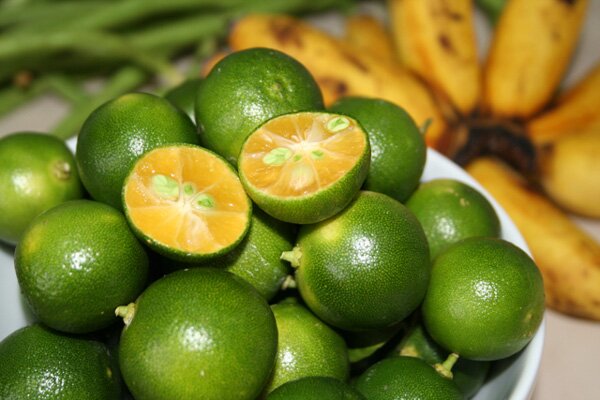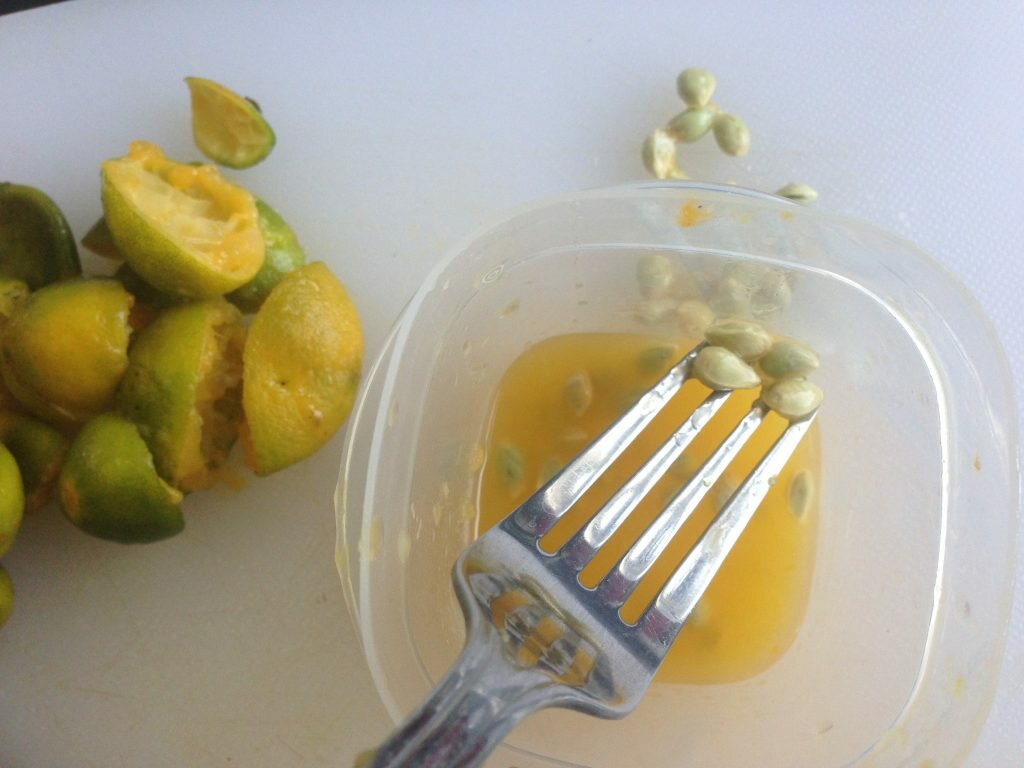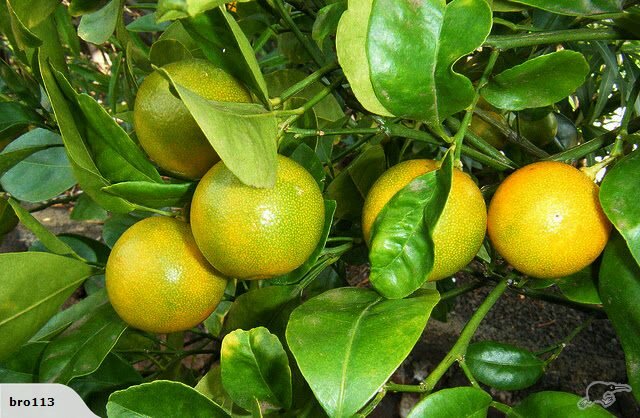Calamansi is also known as Citrfortunella microcarpa or calamondin. It is a citrus fruit native to the Philippines. The Calamansi trees bear small, edible orange-like fruits that are rich in vitamin C. It tastes very sour and sometimes a little bitter but the peel is sweet. However, Calamnsi is not always available here. Therefore, we provide you with this guide on how to grow Calamansi.
Calamansi is also known for its many domestic uses, including the treatment of insect bites and sore throat and removal of stains and odor in fabric materials. Besides being versatile, Calamnsi trees are also ideal decorative citrus trees in pots on a patio or planted in the landscape. You could grow them in your yard, garden or even in containers.
Just follow this easy steps guide and you will have your own fruitful Calamansi tree.
1.Calamansi growth requirements
Calamansi is a tropical fruit. It usually grows in South East Asia. Commonly, it is grown for decorative reasons. It has a beautiful appearance as well as a nice smell. Just like any other citrus trees, Calamansi grows in warm tropical and subtropical climate.
2. Prepare the soil
Whether you’re growing Calamansi in a container or in your yard, you need soil that drains well. Calamansi trees grow well in dry soil that doesn’t retain moisture and remains waterlogged. For Calamansi, Ideal soil pH ranges from 5.5 to 6.5. Select a site with good drainage and full to part sun.
If you are growing Calamansi in a container, make sure to use one that is at least 18 inches of width and 24 inches of depth. If you’re growing it outdoors, dig a hole of 16 inches width and depth. Leave a space of approximately 1/2 feet between each hole.
3. Sowing the seeds
Get the seeds out of a Calamansi fruit. The Calamansi may contain many seeds, avoid the big one and take the small ones. If you are planting the seeds in containers, use your fingers to poke holes in the soil. Then, plant the seeds in the holes. However, if you are planting the seeds in a field, dig a hole that is at least 40 cm wide and deep. Plant the seeds and fill the hole with soil and tamp it down firmly.
4. Watering needs of Calamansi
Due to its tropical nature, Calamansi thrives better if the soil is too moist. Actually, the plant produces better flowers when it is a little stressed from the heat of the sun. Generally, water the Calamansi until the soil feels damp. Young trees usually need about 1 inch of water per week. Continue watering whenever the soil feels dry until the Calamansi establishes itself, usually within three to five years.
4. Sunlight exposure
Calamansi needs to be exposed to at least 6 hours of sunlight daily. In order to sustain and bear lots of fruits all year round, choose a location where there is a lot of sunlight. Sunlight and temperature improve the productivity of the tree. Therefore, growing Calamansi in full sun is compulsory for a healthy tree.
5. Fertilization
Calamansi needs to be fertilized every couple of months while it is growing. Fertilize every four months with about 2 to 3 1/2 ounces of 16-20-0 fertilizer mixed with urea. When the Calamansi tree is two years old, increase the amount to about 7 to 10 1/2 ounces every four months. Calamansi needs Nitrogenous fertilizers like urea.
You will also need to mulch the Calamansi tree with a 4-inch layer of dry leaves, wood chips or other organic material. Spread mulch as far out as the tree’s canopy, also called the drip line. Leave a 1- to 2-inch gap between the mulch and the Calamansi tree trunk. This conserves moisture and deters weeds.
6. Pests and Diseases
Numerous pests attach and affect the Calamansi trees such as the citrus bark borers, aphids, and scales. Therefore, constant observation and regular monitoring are needed to protect your tree.
7. How to harvest Calamansi
The Calamansi tree starts to produce fruits after two to three years. You can either harvest them young when the color of peel looks variegated pale green or wait until they fully ripen and resemble orange like color. You should cut the fruits from the tree with scissors. Don’t forget to leave a piece of the stem attached to the fruit to help it stay fresh.
These easy to follow steps will ensure that your Calamansi tree will not just grow but also produce heavily. These are 100% guaranteed steps. Follow them literally and you will have a fruitful Calamansi tree.
if you wish to learn how to grow vegetables, follow this link
If you have any questions or inquiries, please comment on the post and we will answer you as soon as possible.







